Chris Howard's Blog, page 27
August 4, 2020
madatmost:
July 26, 2020
Twenty-six hours of 3D printing, and another three or so of...
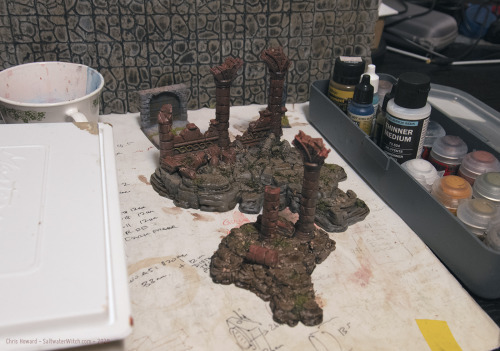
Twenty-six hours of 3D printing, and another three or so of painting, washing, gluing in some moss, grass, and stones, and I have some ancient ruins for the game.
July 25, 2020
July 21, 2020
Here’s the view a few steps from our front door, with...
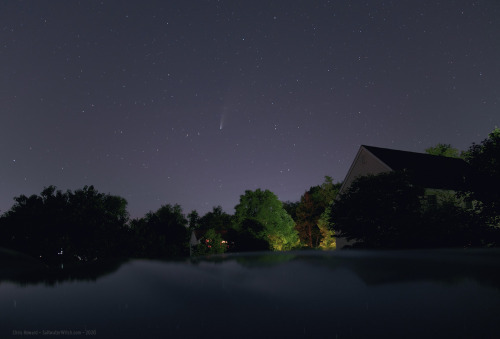
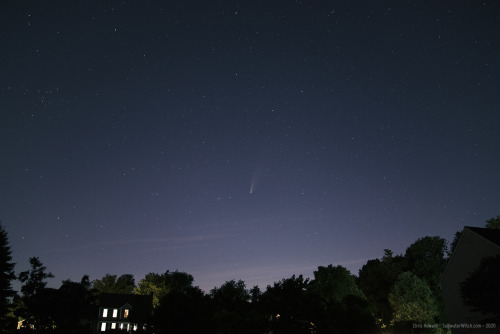
Here’s the view a few steps from our front door, with Comet C/2020 F3 (NEOWISE) still very clear in the sky, and if you can shoot 10 - 20 second exposures on your camera, even better! That’s Ursa Major (the Big Dipper) at the top center–most of it. This is 24mm on the Nikon D750, and it’s pretty close to what you will see with your eyes.
July 16, 2020
Up early this morning and out in the backyard to get some shots...
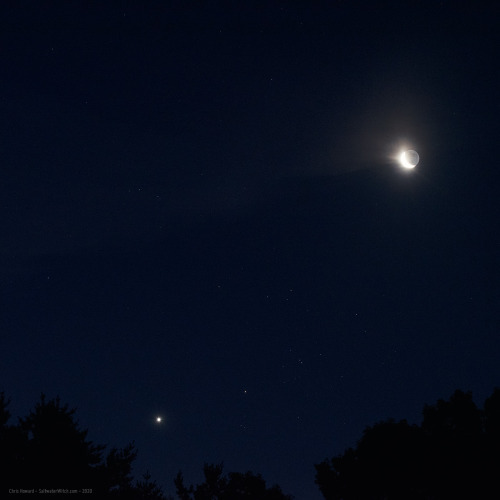
Up early this morning and out in the backyard to get some shots of the moon and Venus–and Aldebaran!
July 14, 2020
Here’s another crop from the stacked 41 x 240 second subs...
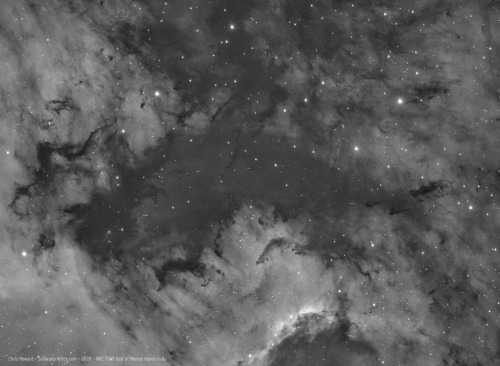
Here’s another crop from the stacked 41 x 240 second subs of the North America Nebula (NGC 7000) in Ha, this time the “Gulf of Mexico” region, with some fantastic dark nebulae. This is a slightly narrower field of view than the Cygnus Wall, and so we’re only looking at about 100 trillion miles from one side to the other. When you read that atomic hydrogen, the lightest element, makes up 75% of the baryonic mass of the universe, this is what they’re talking about. Almost everything you see in this frame, dark and light clouds–even the stars, is hydrogen in various forms.
July 12, 2020
I’m going to retake the last set of hydrogen-alpha frames...
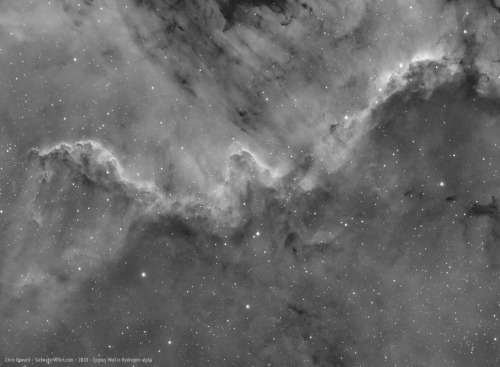
I’m going to retake the last set of hydrogen-alpha frames for NGC7000 because the stars are a bit wonky, but the clouds of ionized hydrogen and massive structures of dark interstellar dust still look beautiful in this stacked set of 41 exposures. Here’s a crop of the “Cygnus Wall” in NGC 7000.
July 11, 2020
The IC 1396 region: IC 1396A is the Elephant’s Trunk...
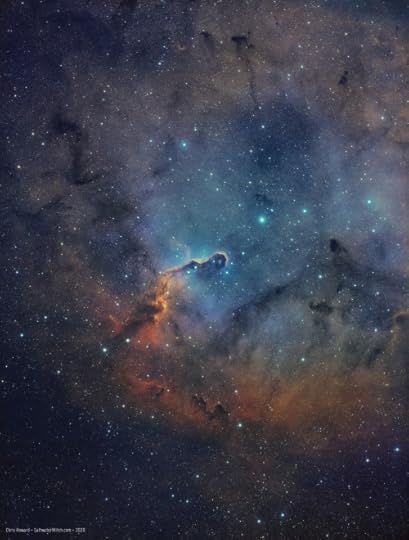
The IC 1396 region: IC 1396A is the Elephant’s Trunk Nebula (center) surrounded by knots and bands of dark interstellar dust. Barnard 163 (B163) is the dark nebula center top. When it comes to narrowband imaging (Ha, OIII, SII) the constellation Cepheus is one of my favorites. I could spend a month just on IC 1396, the whole region, capturing the dozens of dark nebulae and the Elephant’s Trunk at different focal lengths, but Cepheus also has the Iris Nebula and a bunch of other cool nebulae, including Barnard Catalogue objects like B169, as well as LDN 1272 and the wisps of hydrogen clouds that make up Sh2-134. All worthy targets for your telescope and camera. Notes: 48 x 240 second subs of Ha and OIII, William Optics GT81 Apo refractor, ZWO ASI1600MM-Pro mono camera, Astronomik filters, iOptron CEM25P mount.
July 3, 2020
Pacman Nebula (NGC 281) in the Constellation Cassiopeia is an...
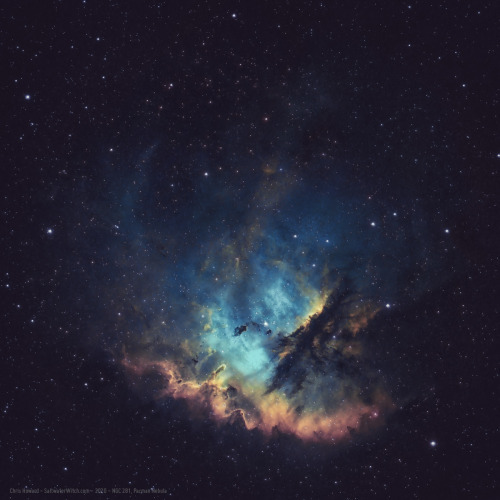
Pacman Nebula (NGC 281) in the Constellation Cassiopeia is an emission nebula about 9200 lightyears away from us, part of an HII region in the Perseus Arm of our galaxy. Notes: Shot from my backyard with the William Optics GT81 Apo refractor, iOptron CEM25P mount, Astronomik narrowband filters. https://SaltwaterWitch.com






